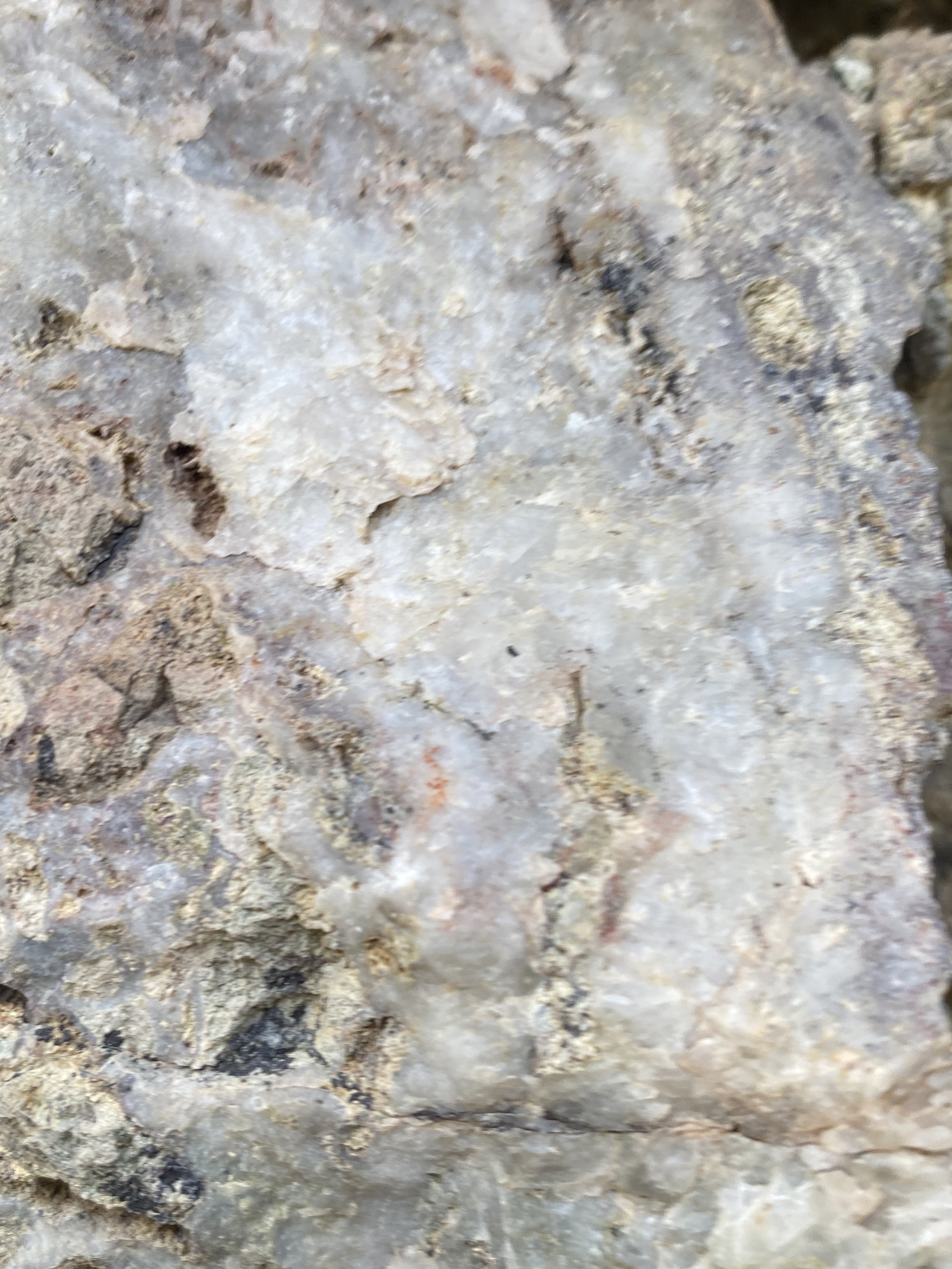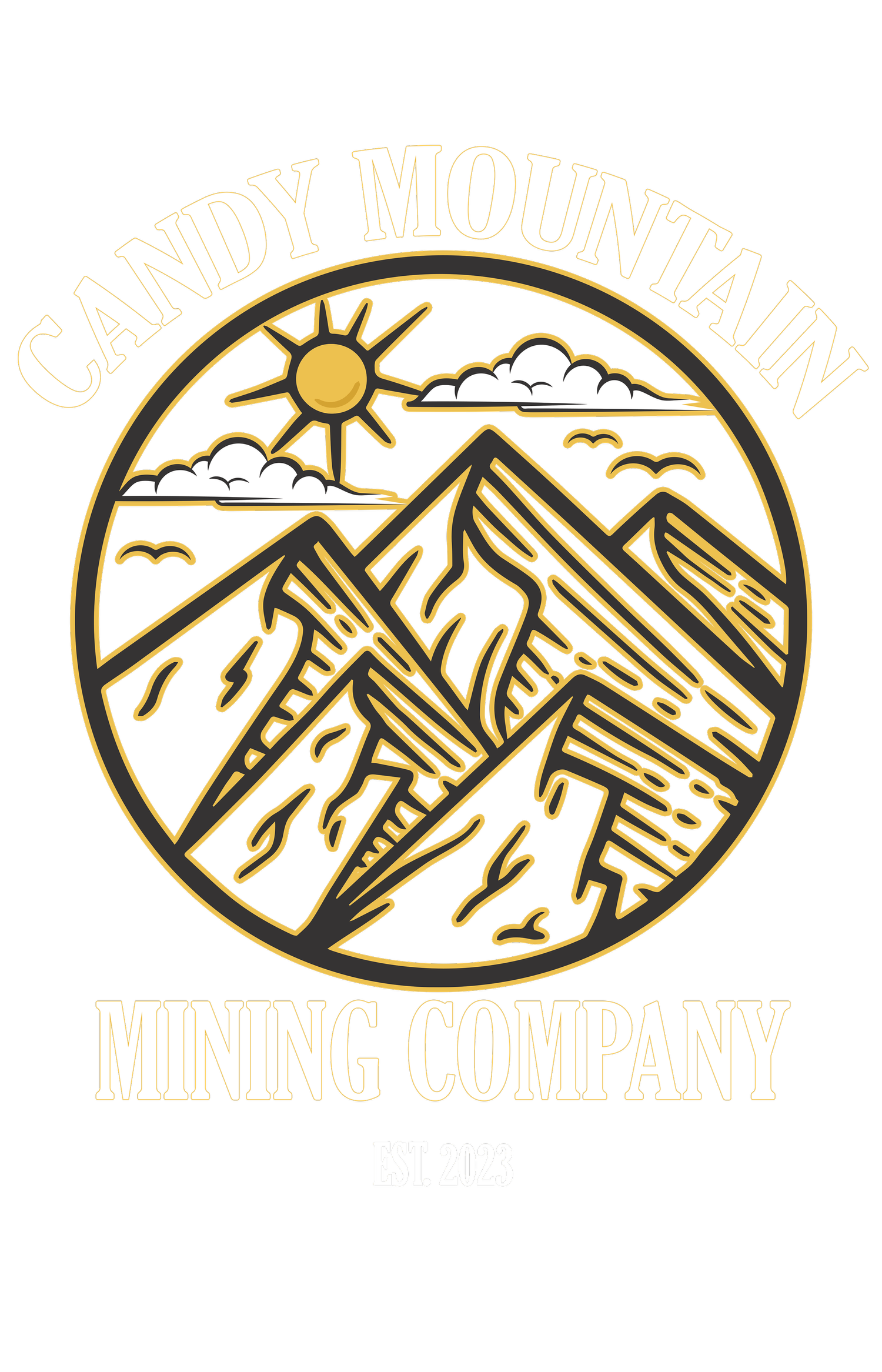geology & contact zones



































In order to effectively conduct mining operations, it is imperative to acquire a comprehensive understanding of the geological composition of the specific area in which mining activities will take place. While there are certain natural indicators that are commonly associated with the presence of gold in most major gold-producing regions, it is essential to recognize that each geological area may exhibit unique characteristics. Therefore, it is crucial to familiarize oneself with the distinctive rock formations that are linked to the occurrence of gold within the designated area.
The process of locating gold deposits can be quite challenging; however, gaining knowledge about the types of rock formations that are typically associated with gold, as well as those that are not, is instrumental in identifying the most promising areas for prospecting endeavors. Contact zones, also known as dykes or intrusions, represent the juncture where two distinct rock types converge. These geological phenomena are the result of natural processes that transpired millions of years ago, leading to rapid fluctuations in temperature and resultant conditions conducive to the formation of gold. Identifying these contact zones may pose a significant challenge, but as one becomes more adept at recognizing their characteristics, they will become increasingly discernible.
Certain types of rock are particularly advantageous from a gold mining perspective, with three significant rock types that warrant particular attention being granite, schist, and gneiss. These rock formations have been consistently present in the locations where gold has been discovered. The convergence of these geological masses has historically produced fissures as a consequence of the high temperatures and pressures generated, providing the ideal conditions for the creation of gold deposits. Subsequently, gold accumulates close to the surface, eliminating the need for extensive excavation efforts by prospectors. An understanding of the prevailing geological trends within the mining area is paramount. In the majority of regions in the western United States, the mountain ranges generally exhibit a northwest-southeast orientation.
Consequently, it is crucial to seek out contact zones where alternative rock types intersect with the prevailing geological mass. Many of the most lucrative gold-bearing areas are characterized by intrusions that deviate from the predominant geological trend by approximately 90 degrees. It is important to note that while granite, schist, and gneiss are frequently encountered in gold-rich contact zones, this is not always the case. The presence of gold may manifest in conjunction with any combination of rock formations, although at least one of these aforementioned rock types often plays a role in gold-rich contact areas. In conclusion, acquiring an in-depth understanding of the geological composition and characteristics of a specific mining area is fundamental to the success of mining operations.
Recognizing the distinctive rock formations that are associated with the presence of gold is pivotal in identifying the most promising prospecting sites. By familiarizing oneself with the geological trends and the various rock types that are conducive to the formation of gold deposits, individuals engaged in mining activities can significantly enhance the effectiveness of their prospecting efforts.
#Geology #GoldMining #RockFormations #ContactZones #Prospecting #RockTypes #MiningOperations #GoldDeposits #NaturalIndicators #GeologicalComposition #MiningArea #ProspectingSites





